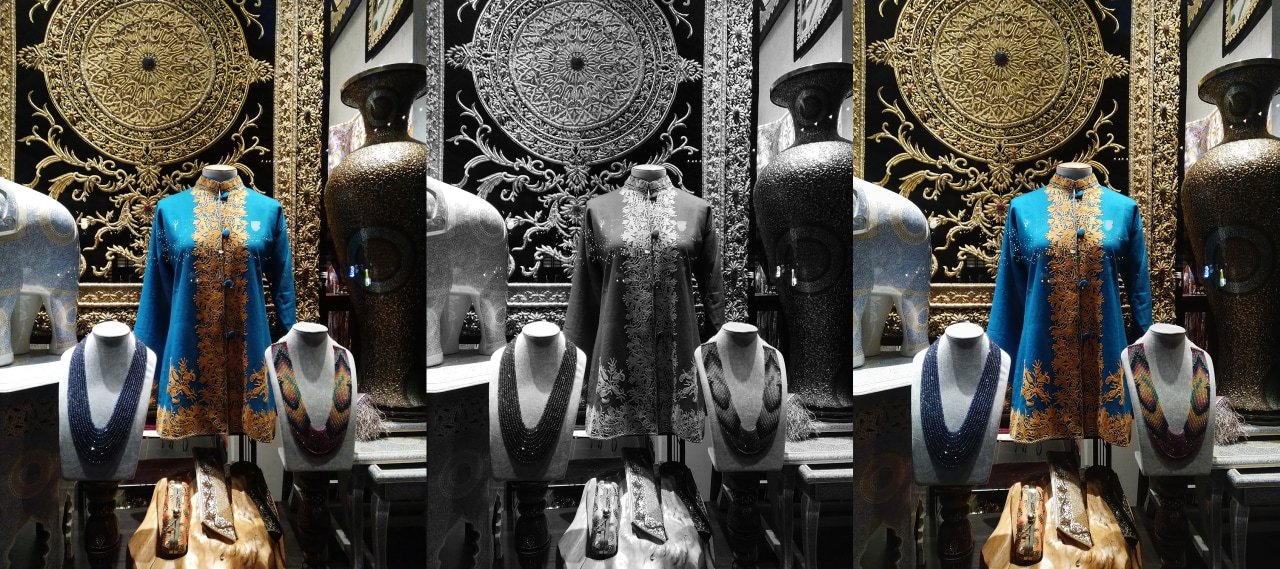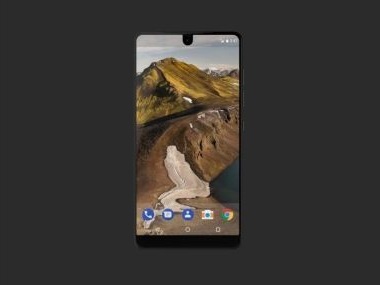Essential, the company founded by Andy Rubin has revealed details about the dual camera setup in the much-anticipated PH-1. The company posted a
blog post on its website to give us a peek at how it uses both 13 MP camera sensors to capture images and then create a final ‘fusion’ image. [caption id=“attachment_3868963” align=“alignleft” width=“380”] Image Credit: Essential[/caption] The company pointed that it wanted to achieve two main goals with the camera in the
Essential PH-1. The first goal for the company was to ensure that the camera does not form an ugly bump at the back of the smartphone while the second goal was to ensure that there was no compromise in the image quality while capturing an image in low-light condition. Yazhu Ling, the author of the
blog post works as an image quality engineer with Essential. She pointed that first camera sensor at the back of the smartphone takes colour images like any standard camera sensor in the market. The way a colour camera works is that it assigns colour values to each pixel in the image. While capturing an image in low-light conditions, the camera has to ‘infer’ what colour values are assigned to the pixels in dark areas. This results in a ‘less-than-ideal’ image in terms of the image quality. [caption id=“attachment_3868967” align=“alignnone” width=“825”]
Image Credit: Essential[/caption] The company used the second monochrome camera sensor to ensure that the second camera is not required to interpret the colour values for pixels in the dark areas in the image. The camera has to only assign ‘a true black or white value’ to the pixels in the image ensuring that the final ‘fusion’ images have less noise with higher image quality and resolution. This setup ensures that the final image has more clarity and richness in terms of colours. Ling pointed out that tuning the sensor to ensure that the sensor data is properly converted to imaging information took months. She has been working on ensuring that the Image Signal Processing (ISP) pipeline is properly tuned to make the final image. [caption id=“attachment_3868987” align=“alignnone” width=“1280”]
 Image Credit: Essential[/caption] The post dives deeper into the two phases of tuning the ISP to ensure that the final images are spot on. Ling has added screenshots to the post to illustrate the point about how objective tuning process and subjective tuning process are two varying and most difficult stages in the journey to create a remarkable camera. It took the company to complete about three months to complete the objective tuning process, which really means to ensure that all the camera setups out of the factory are working on ‘an acceptable baseline level. The company started its ‘subjective tuning process in January and it has gone through 15 major iterations. [caption id=“attachment_3868969” align=“alignnone” width=“1350”]
Image Credit: Essential[/caption] The post dives deeper into the two phases of tuning the ISP to ensure that the final images are spot on. Ling has added screenshots to the post to illustrate the point about how objective tuning process and subjective tuning process are two varying and most difficult stages in the journey to create a remarkable camera. It took the company to complete about three months to complete the objective tuning process, which really means to ensure that all the camera setups out of the factory are working on ‘an acceptable baseline level. The company started its ‘subjective tuning process in January and it has gone through 15 major iterations. [caption id=“attachment_3868969” align=“alignnone” width=“1350”] Image Credit: Essential[/caption] One thing to note here is that the ISP tuning team has captured ‘more than 20,000 pictures and videos’ but there is still work to be done. The company has pointed about the progress that it has achieved in terms of tuning.
Image Credit: Essential[/caption] One thing to note here is that the ISP tuning team has captured ‘more than 20,000 pictures and videos’ but there is still work to be done. The company has pointed about the progress that it has achieved in terms of tuning.
The company pointed that it wanted to achieve two main goals with the camera in the Essential PH-1.
Advertisement
End of Article


)



